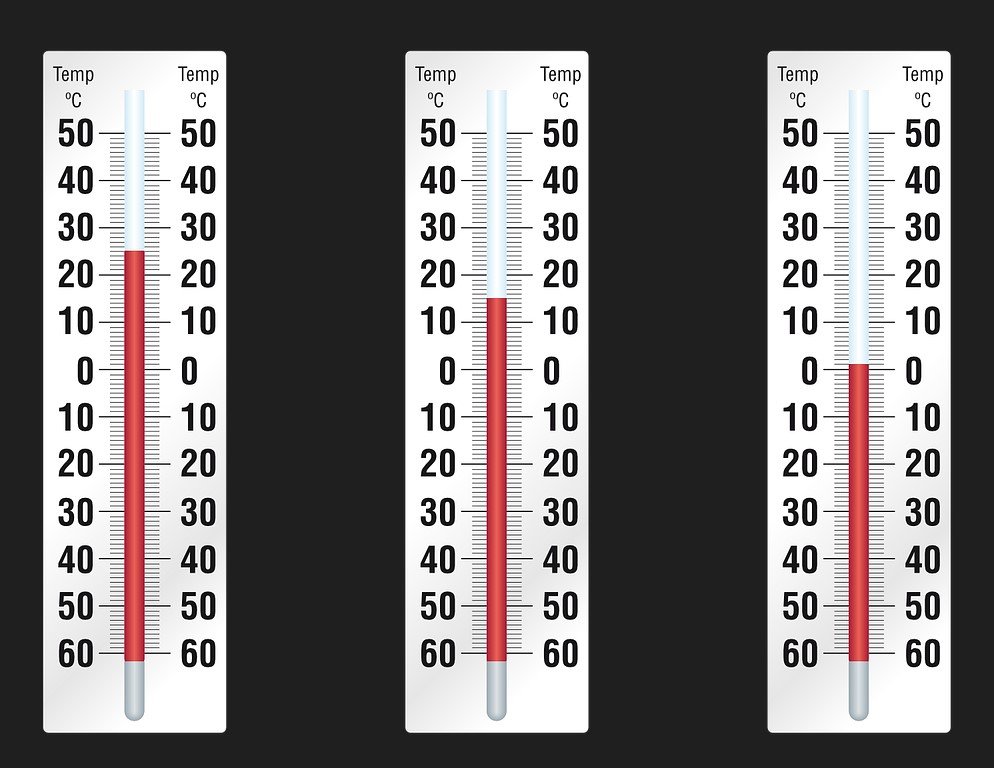As someone who has been an avid gamer for years, I understand the importance of having an immersive gaming experience. One way to achieve this is by using a second monitor for your Steam games, which can enhance your gameplay and provide additional screen real estate for better multitasking. In this article, we will discuss how to make Steam games open on a second monitor effortlessly and effectively.
Have you ever wondered how to make Steam games open on a second monitor? The answer is quite simple: you need to set up your dual monitor configuration and adjust the display settings in Windows. Additionally, you will have to change some settings in your Steam client to ensure that your preferred monitor is used for gaming. By following the steps outlined in this article, you will be able to enjoy an enhanced gaming experience on your second monitor. So, let’s dive into the process and get started!
What is the Purpose of Using a Second Monitor for Gaming?
Utilizing a second monitor for gaming can significantly enhance your overall experience and provide you with numerous benefits. A dual-monitor setup not only offers an expanded field of view but also allows for better multitasking, like having guides or streaming content available on one screen, while the game runs on the other. Moreover, it can improve your gameplay by providing more screen real estate, making it easier to spot enemies or navigate complex environments.
The increased immersion that comes from using a second monitor can lead to a more enjoyable gaming experience. For instance, in racing games or flight simulators, having additional screens can create a panoramic view that closely mimics the real-life experience. Furthermore, strategy games and role-playing games (RPGs) can benefit from the extra screen space, as it allows for easier management of inventory, maps, and character stats.
According to a study conducted by Jon Peddie Research, dual-monitor setups can increase productivity by up to 42%. While this statistic focuses on workplace productivity, it’s not hard to imagine how this could translate into improved gaming performance. By using a second monitor for gaming, you can efficiently manage multiple tasks, keep essential information visible, and ultimately enhance your gaming experience.
Setting Up Your Dual Monitor Configuration
Before diving into the world of dual-monitor gaming, it’s essential to configure your monitors correctly. This process involves connecting both monitors to your computer, adjusting display settings, and ensuring that the monitors are functioning in harmony. In this section, we will guide you through the steps necessary for setting up a dual monitor configuration for your gaming setup.

How to Make Steam Games Open on Second Monitor
- Connect both monitors: First, connect your primary monitor to the main display output on your graphics card (usually HDMI, DisplayPort, or DVI). Then, connect your second monitor to another available output on your graphics card. If your computer has integrated graphics alongside a dedicated graphics card, you may need to use a combination of outputs from both.
- Adjust display settings: Right-click on your desktop and select “Display settings” (Windows 10) or “Screen resolution” (Windows 7/8). You should see both monitors represented in the display settings window. Click on each monitor and set the desired resolution, orientation, and scaling options.
- Arrange monitors: In the display settings window, click and drag the monitor icons to arrange them in the same order as they are physically positioned on your desk. This ensures that your mouse cursor will move seamlessly between the two screens.
- Set primary monitor: Select the monitor you wish to use as your primary display and check the box that says “Make this my main display.” This will ensure that your taskbar, desktop icons, and other system elements appear on your preferred monitor.
- Apply changes: Click “Apply” to save your settings, then click “OK” to close the display settings window.
Now that you have set up your dual monitor configuration, you can proceed to customize your Steam games to open on the second monitor.
Changing Display Settings in Windows
Windows provides an easy-to-use interface for managing display settings, which is crucial for ensuring that your dual monitor setup functions correctly. By adjusting the display settings, you can control the resolution, orientation, and scaling of each monitor, as well as designate a primary display for your system elements. It is essential to familiarize yourself with these settings to optimize your gaming experience on a second monitor.
To access the display settings in Windows, simply right-click on your desktop and select “Display settings” (Windows 10) or “Screen resolution” (Windows 7/8). In the display settings window, you will see both monitors represented as numbered icons. Click on each monitor to configure its settings, such as resolution and orientation. Additionally, you can arrange the monitors by clicking and dragging the icons to match their physical position on your desk.
It’s worth noting that some graphics card drivers, such as NVIDIA and AMD, offer their own display settings management tools. These tools often provide more advanced options and features, allowing you to fine-tune your dual monitor configuration even further. If you have a dedicated graphics card, it’s a good idea to explore these additional settings to ensure the best possible gaming experience on your second monitor.
How to Set Your Preferred Monitor in Steam Games
Once you have your dual monitor configuration set up and adjusted the display settings in Windows, it’s time to make sure your Steam games open on the preferred monitor. By default, most games will launch on the primary monitor, but you can easily change this setting within the Steam client or by modifying the game’s launch options. This will ensure that your gaming experience is tailored to your preferences and fully utilizes your second monitor.
To set your preferred monitor for Steam games, follow these steps:
- Steam client settings: Open the Steam client and navigate to “Settings” > “Interface”. Check the box that says “Display Steam URL address bar when available” and click “OK”. This will enable the address bar in the Steam client, making it easier to access specific game settings.
- Game properties: In your Steam library, right-click on the game you want to play on your second monitor and select “Properties”.
- Launch options: In the game’s properties window, click on “Set Launch Options”. This will open a text box where you can input commands to customize the game’s launch behavior.
- Monitor selection: To force the game to open on your second monitor, type “-adapter 1” (without quotes) in the launch options text box. If your second monitor is connected to a different graphics adapter, replace the “1” with the appropriate adapter number (e.g., “-adapter 2” for the third adapter).
- Apply changes: Click “OK” to save your changes and close the properties window. The game should now launch on your second monitor when you start it from the Steam client.
By following these steps, you can ensure that your Steam games open on your preferred monitor, allowing you to take full advantage of your dual monitor gaming setup.
Pros and Cons of Using a Second Monitor for Gaming
While using a second monitor for gaming can enhance your overall experience, it’s essential to weigh the potential benefits and drawbacks to determine if it’s the right choice for your setup. In this section, we will explore the pros and cons of using a second monitor for gaming.
Pros:
- Increased immersion: A dual-monitor setup can provide a more immersive gaming experience, especially in racing games, flight simulators, and strategy games.
- Better multitasking: Having an additional screen allows you to keep guides, streaming content, or communication apps open while gaming, making it easier to manage multiple tasks simultaneously.
- Improved organization: With more screen real estate, you can efficiently manage inventory, maps, and character stats in role-playing games or strategy games.
- Enhanced productivity: According to a study by Jon Peddie Research, dual-monitor setups can increase productivity by up to 42%, potentially translating into improved gaming performance.
Cons:
- Higher cost: Purchasing a second monitor can be an added expense, especially if you’re aiming for a high-quality display with low response times and high refresh rates.
- Increased system requirements: Running games on two monitors may require more powerful hardware, such as a better graphics card or a faster processor, to maintain optimal performance.
- Potential compatibility issues: Some older games or those with limited display options may not support dual-monitor configurations natively, requiring workarounds or modifications to function correctly.
- Desk space: A dual-monitor setup requires more desk space, which might be a challenge for those with limited room or smaller workstations.
By considering these pros and cons, you can make an informed decision about whether a second monitor is a suitable addition to your gaming setup.
Troubleshooting Common Issues with Dual Monitors
Setting up a dual monitor configuration for gaming can sometimes present challenges or technical difficulties. In this section, we will address some common issues that users may encounter during the setup process and provide solutions to overcome these obstacles.
One frequent issue is the inability to detect the second monitor in the display settings. To resolve this problem, check your cable connections and ensure that both monitors are connected to the appropriate graphics card outputs. If the issue persists, try swapping the cables or using different ports on your graphics card. Additionally, updating your graphics card drivers and restarting your computer can help resolve detection issues.
Another common problem is incorrect screen resolution or scaling, which can result in distorted or blurry images on one or both monitors. To fix this, navigate to the display settings in Windows and adjust the resolution and scaling options for each monitor until the image appears crisp and clear. Furthermore, if you’re using a high-resolution monitor, make sure to enable Display Scaling within your graphics card’s control panel to optimize performance.
Lastly, some users may experience performance issues when running games on dual monitors, such as stuttering, lag, or reduced frame rates. To address this, ensure that your computer’s hardware meets the system requirements for the game and consider lowering the graphics settings or resolution if necessary. Additionally, ensure that your graphics card drivers are up-to-date and that any background applications that may consume system resources are closed before launching the game.
By addressing these common issues, you can optimize your dual monitor gaming setup and enjoy a seamless and immersive experience.
Conclusion
To wrap up, a dual monitor setup can significantly enhance your gaming experience by providing improved multitasking, increased immersion, and better organization. While there may be some challenges and drawbacks to consider, such as cost, compatibility issues, and system requirements, the benefits often outweigh these concerns for many gamers. Embracing the world of dual-monitor gaming can lead to a more enjoyable and productive gaming experience, ultimately putting a smile on your face.
Frequently Asked Questions
[faq-schema id=”1011″]
















